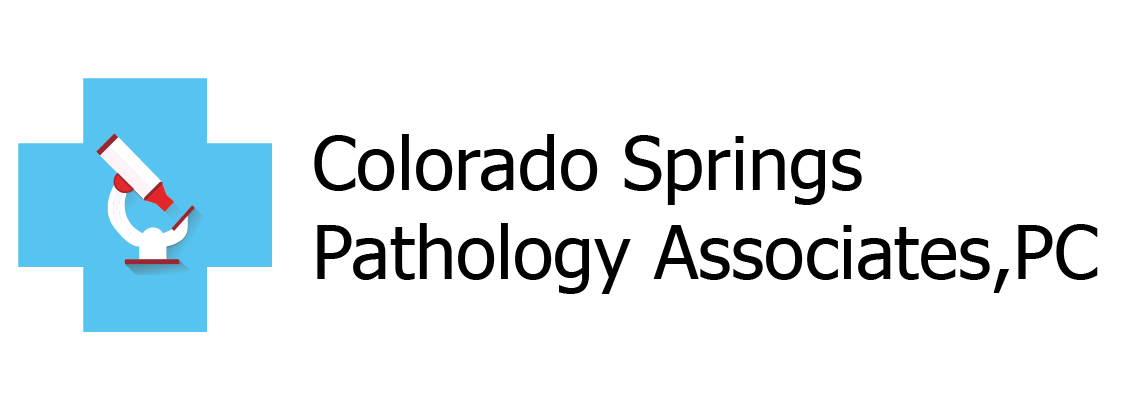PATHOLOGY SPECIALTIES
The medical specialty of pathology is divided into anatomic pathology and clinical pathology. Anatomic pathology encompasses the study of surgical pathology, cytopathology and autopsy pathology. Clinical pathology consists of mircobiology, chemistry, hematology, and traqnsfusion medicine (blood banking).
- Clinical pathologists are often consuted by other shysicians seeking to best serve their patients' needs. This can include deciding which particular test should be ordered, determining how a specific body site should be cultured, recommending guidelines to avoid future complications.
- Molecular diagnostics is a rapidly growing field. Nucleic acid technology is considered routine, state-of-the-art method for many tests within the clinical pathology laboratory.
- Fine Needle Aspiration Biopsies (FNAB) are performed for lesions that are superficial, usually located in the salivary gland, lymph node, breast, thyroid gland, etc.). These results are generated within a matter of minutes and provide patients and their physicians with a diagnosis.
Surgical Pathologists are responsible for examining tissue specimens taken in the surgical suite of the hospital or biopsies taken in a physician's office. The pathologic findings often determine the treatment planning for patients. Another vital duty of the surgical pathologoist is to render diagnoses during surgical procedures in order to guide the surgeon while the operation in in progress, by freezing and examining fresh tissue. This is referred to as frozen section diagnosis and is another service offered by CSPA.
Cytopathology is the study of cells. Whereas surgical specimens maintain their archetectural realtion to the surrouding cells and tissues, cytologic samples consist of cells scraped off or aspirated from the tissue being examined. Careful attention to cellular cohesion, or the lack thereof, as well as the detailed observation of the nuclear and cytoplasmic deatures, allows the pathologist to render diagnoses. In thies way, the cytopathologist is able to answer any of the same questions answered by surgical pathologists. Cytologic examiniation are routinely performed on a variety of specimens, including cervical scrapings (pap tests) and other various bodily fluids.
Anatomic pathology
Autopsy pathology is another major component of anatomic pathology. Autopsies are useful and beneficial in the medical field and all pathologists on staff are trained and skilled in performing them.
biopsy
fina needle aspirations
upper and lower GI tract
reproductive health
